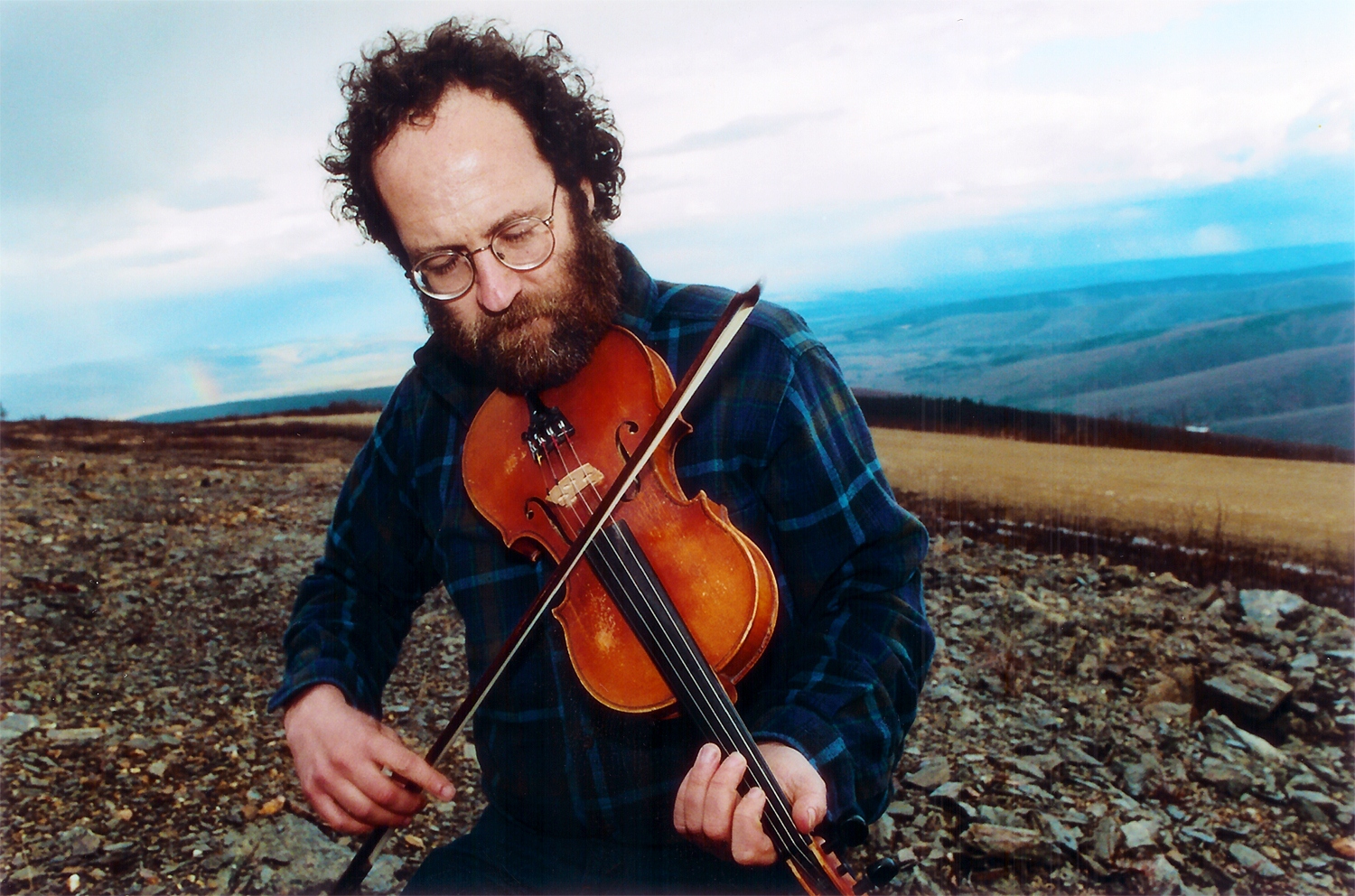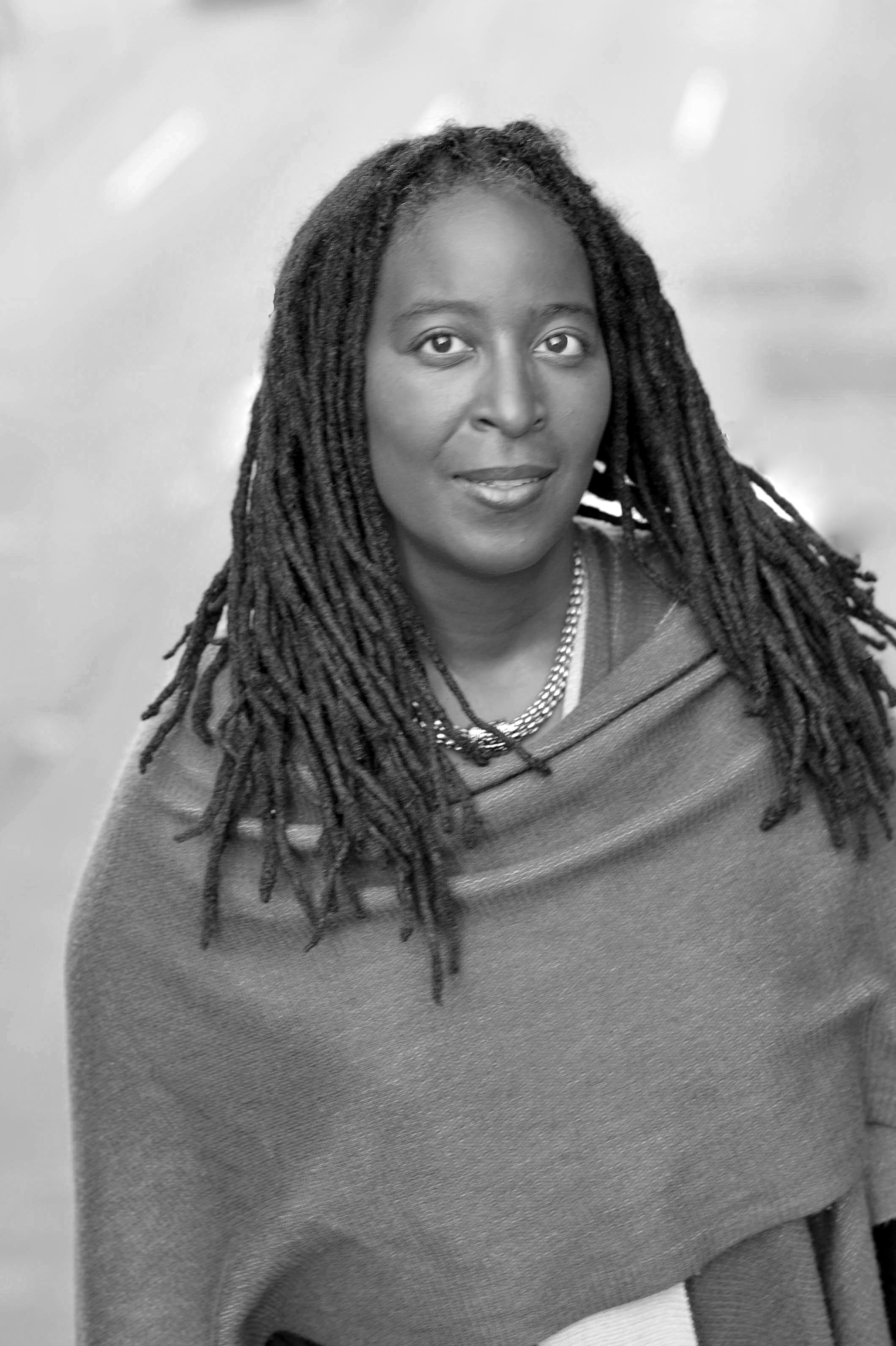Ken Waldman has six full-length poetry collections, a children's book of Alaska-set acrostic poems, and a memoir about his work as a touring artist. His nine CDs combine old-time Appalachian-style string-band music with original poetry. A former college professor with an MFA in creative writing, he's made his living as a freelance writer, musician, performer, and educator since 1995.
This past November, Burlingham Books in rural Perry, New York, sponsored a Poets & Writers workshop and reading. At 5:30 on a chilly Tuesday evening, eleven of us gathered around a makeshift table in a corner of the bookstore. For ninety-minutes, we discussed our writing lives amidst four writing exercises. At 7:00 PM, I walked to another corner of the store, this time to stand before approximately thirty-five people, one of whom I'd learned was a local fiddler and violinmaker. To begin, I took out my fiddle, played a tune, then went into one of my collections and found a sonnet, The Violinmakers. After nodding to my new acquaintance, I shared the poem I'd written about his craft.
 The fifty-minute reading was followed by a short question-and-answer session. All this was fine, but what made this event more special is that it enabled me to spend the following day at Letchworth Central High School, where I led a short assembly for 350 students, faculty, and staffers, then visited seven English classes. The daylong school visit, which was funded separately, would not have happened without the support of Burlingham Books and Poets & Writers.
The fifty-minute reading was followed by a short question-and-answer session. All this was fine, but what made this event more special is that it enabled me to spend the following day at Letchworth Central High School, where I led a short assembly for 350 students, faculty, and staffers, then visited seven English classes. The daylong school visit, which was funded separately, would not have happened without the support of Burlingham Books and Poets & Writers.
What's instructive is explaining how the Perry bookstore event came to be.
Six months earlier I'd been invited by The Stage, a theatre in neighboring Warsaw, New York, for a Poets & Writers workshop and reading. Ahead of schedule that Sunday afternoon, I'd detoured through Perry specifically to stop in Burlingham Books, where I happened to meet a part-time employee, Melissa Stroud, an English teacher at a nearby high school. Before leaving the store, I gave Melissa a few of my books and CDs, as well as several sheets explaining my work in schools.
Later that month, when a library in Geneseo, in adjacent Livingston County, also secured Poets & Writers funding to host me, Melissa attended both the workshop and the reading. Subsequently, it was through her efforts that I was invited to Burlingham Books, and to her school, where I understood it had been five years since a visiting artist of any kind had come, and a longer time since a practicing, published writer had appeared. In this case, I not only stood answering questions in front of classes that had been reading my poems as preparation for my visit, but when I shared poems before the whole school, the assemblage included the high school principal and the school district superintendent.
One more thing about the Perry appearance. It was heartening that among the attendees of both the workshop and readings were folks who'd previously seen me in Warsaw. So, while I expect to return to the region in 2013, it's also my understanding that it won't be such a long time before another writer comes to Letchworth Central High School, perhaps again in conjunction with a Poets & Writers event.
Photo: Ken Waldman. Photo Credit: Kate Wool.
Support for Readings/Workshops in New York is provided, in part, by public funds from the New York State Council on the Arts, with additional support from the Friends of Poets & Writers.





 Last week I wrote that one of the things writers do all day is answer questions. Is that really all we do? Of course not. Another thing writers do all day is worry about whether we've figured out the best way to answer the questions presented to us.
Last week I wrote that one of the things writers do all day is answer questions. Is that really all we do? Of course not. Another thing writers do all day is worry about whether we've figured out the best way to answer the questions presented to us. The fifty-minute reading was followed by a short question-and-answer session. All this was fine, but what made this event more special is that it enabled me to spend the following day at
The fifty-minute reading was followed by a short question-and-answer session. All this was fine, but what made this event more special is that it enabled me to spend the following day at  If you are reading this post you may be interested in understanding more about the life of the writer. What is it we do all day?
If you are reading this post you may be interested in understanding more about the life of the writer. What is it we do all day?